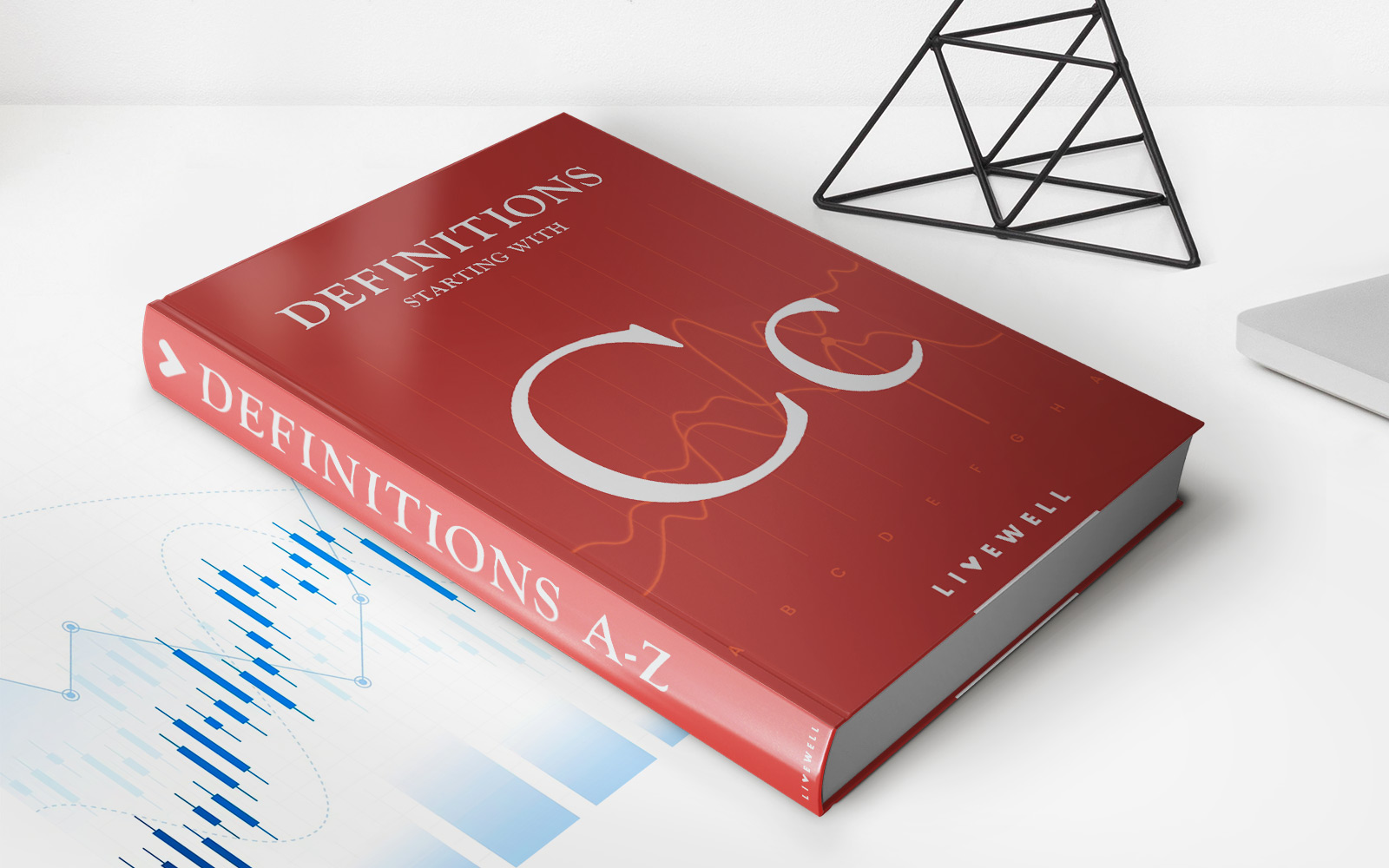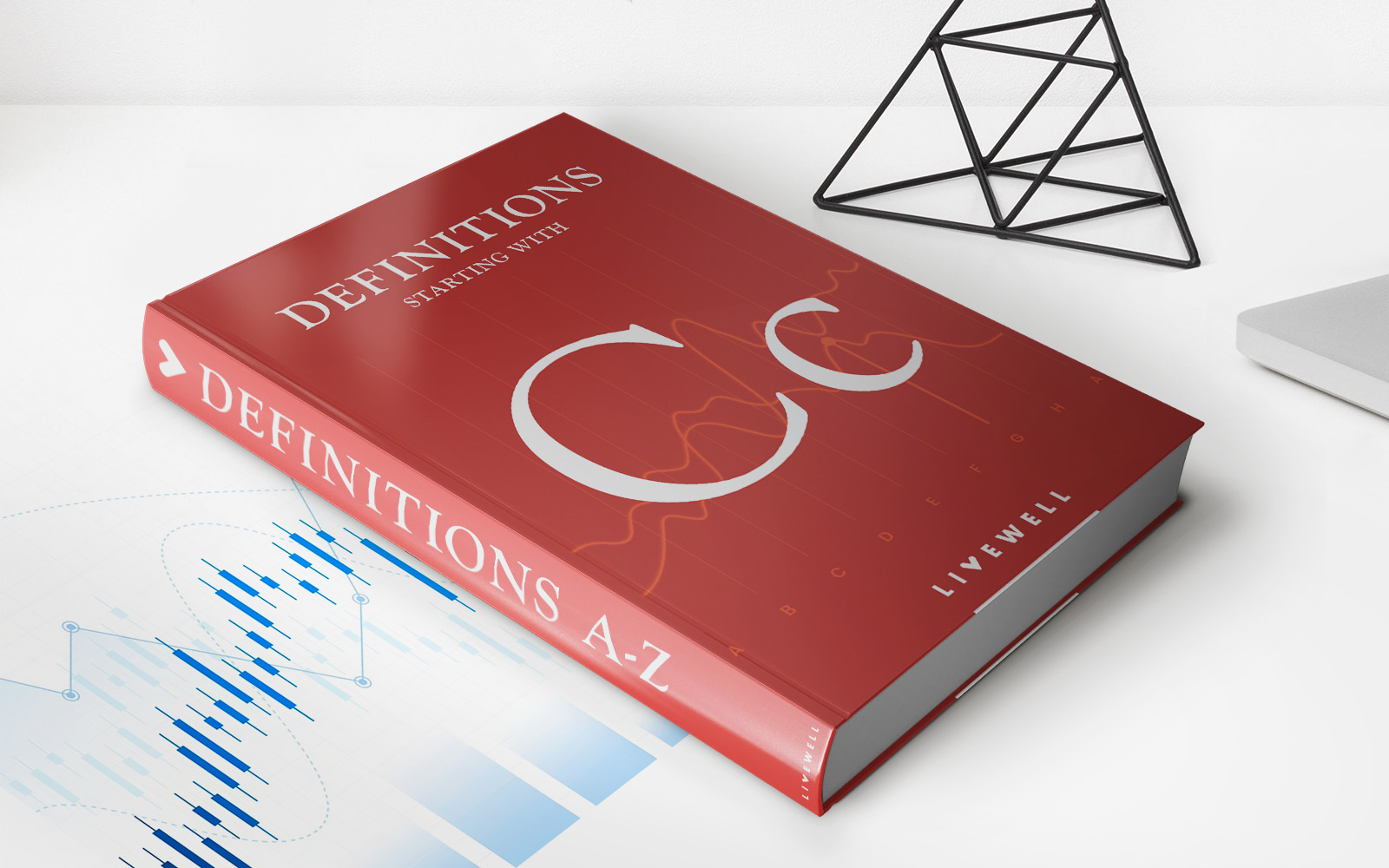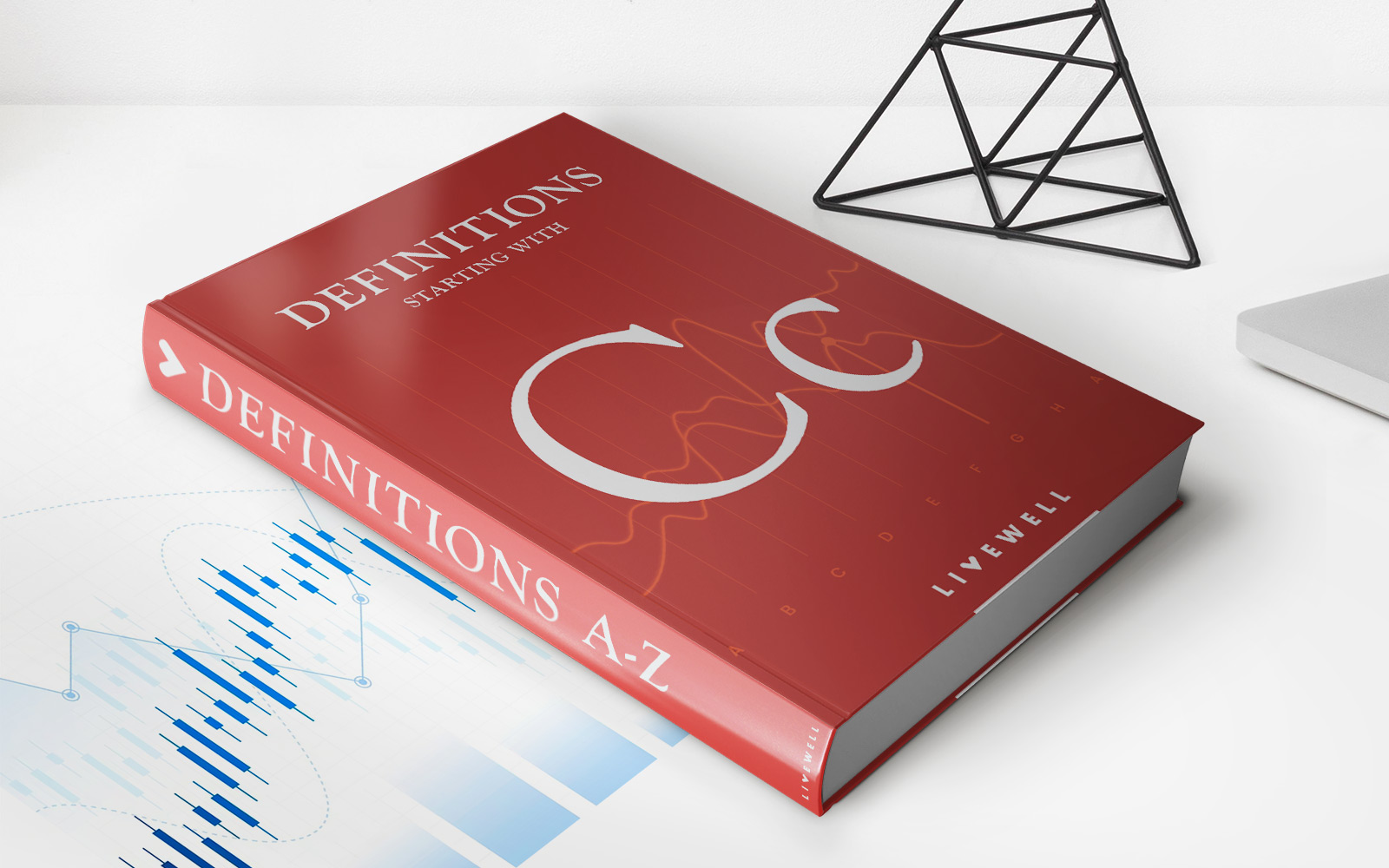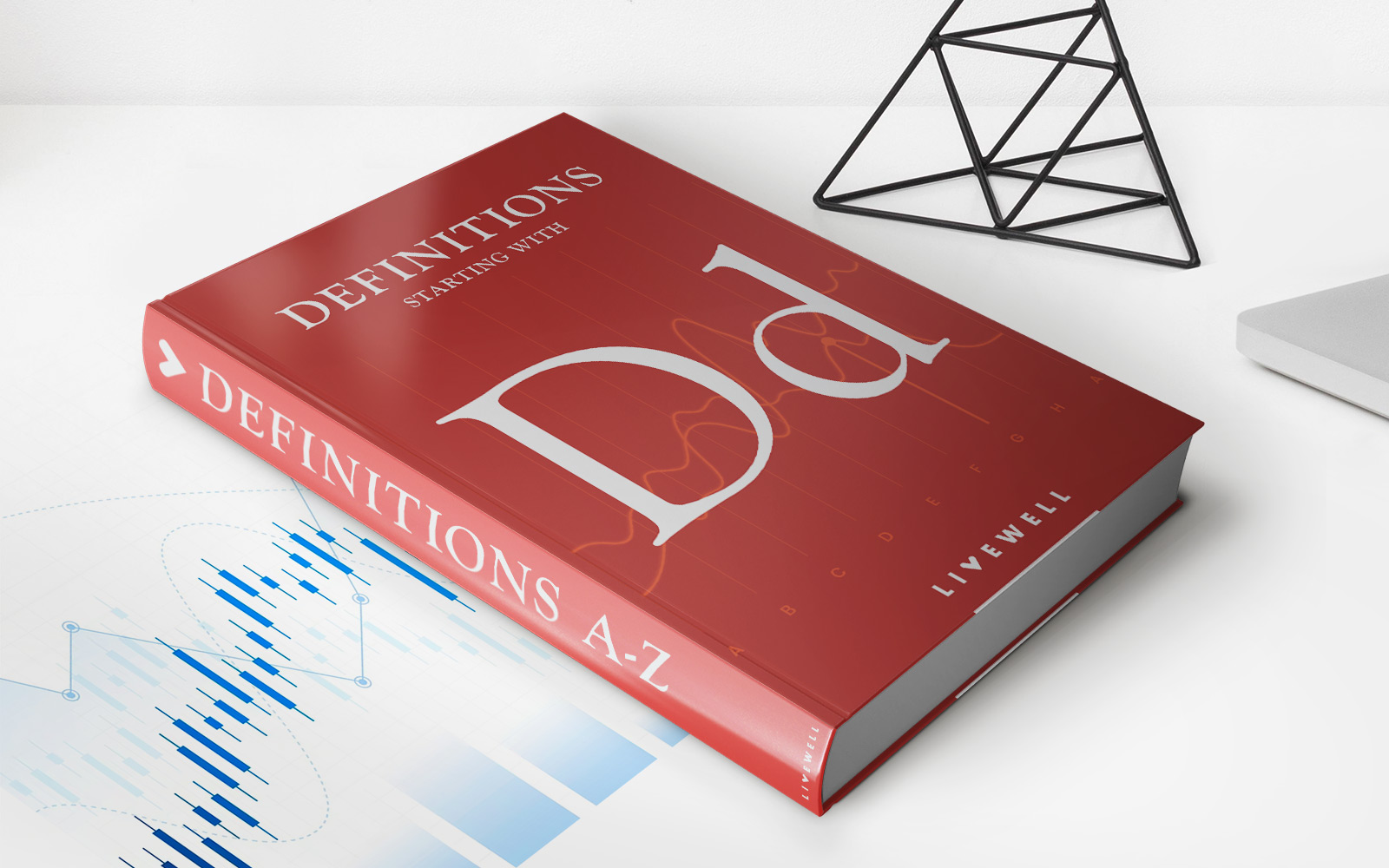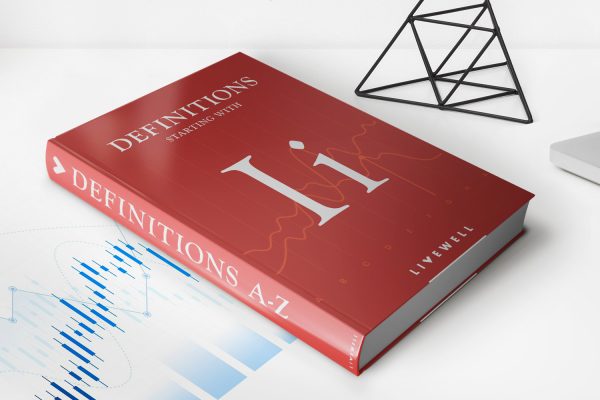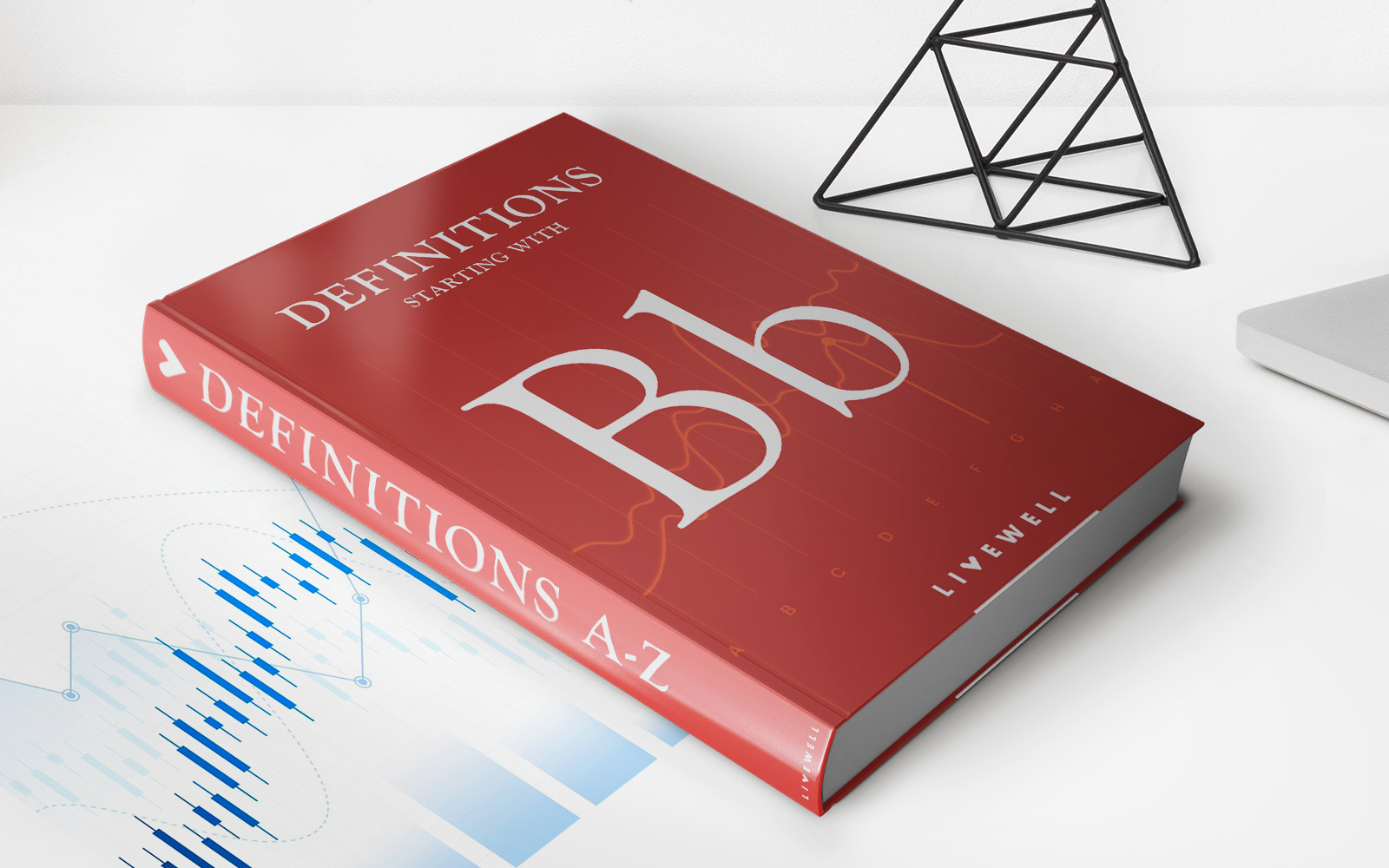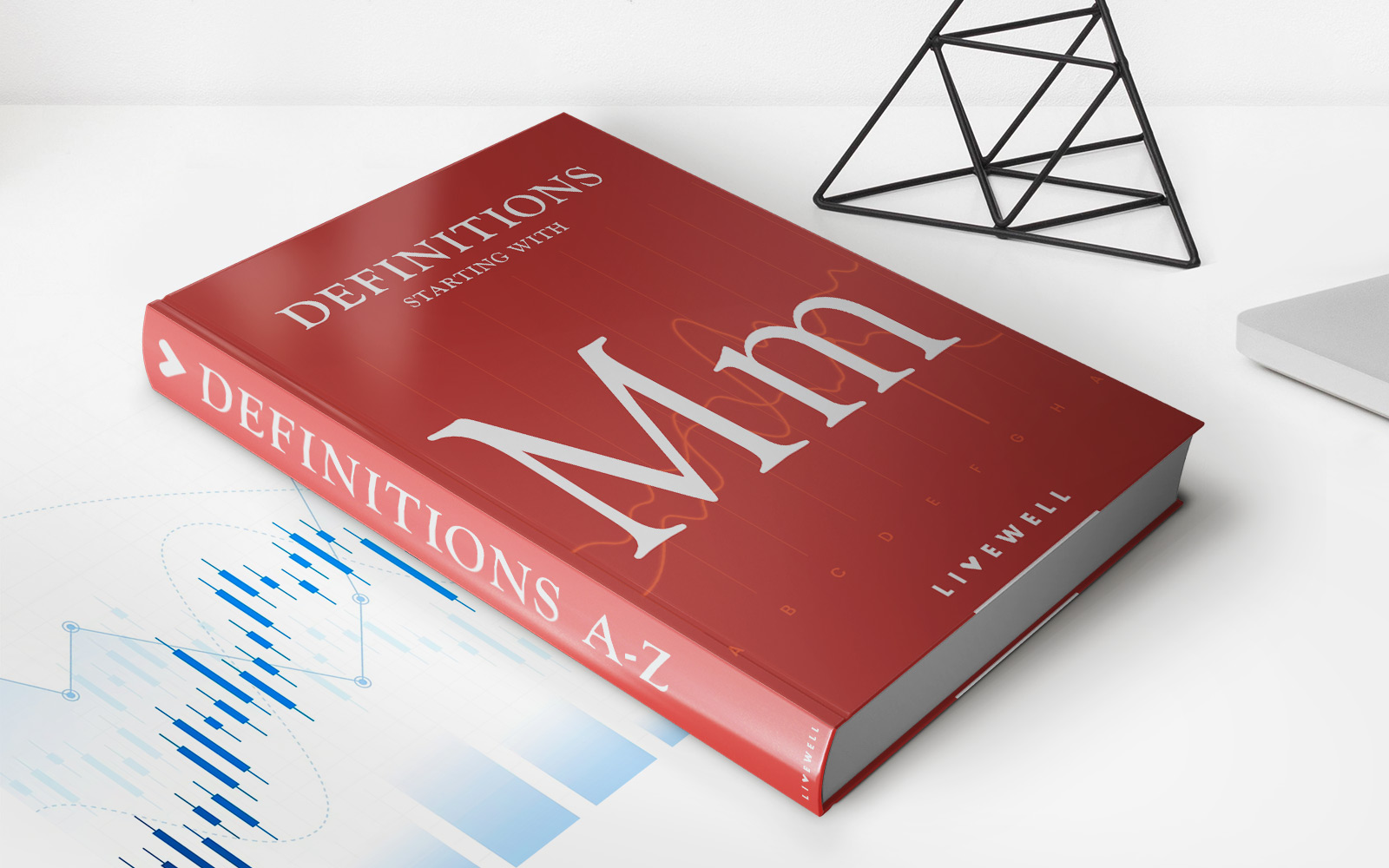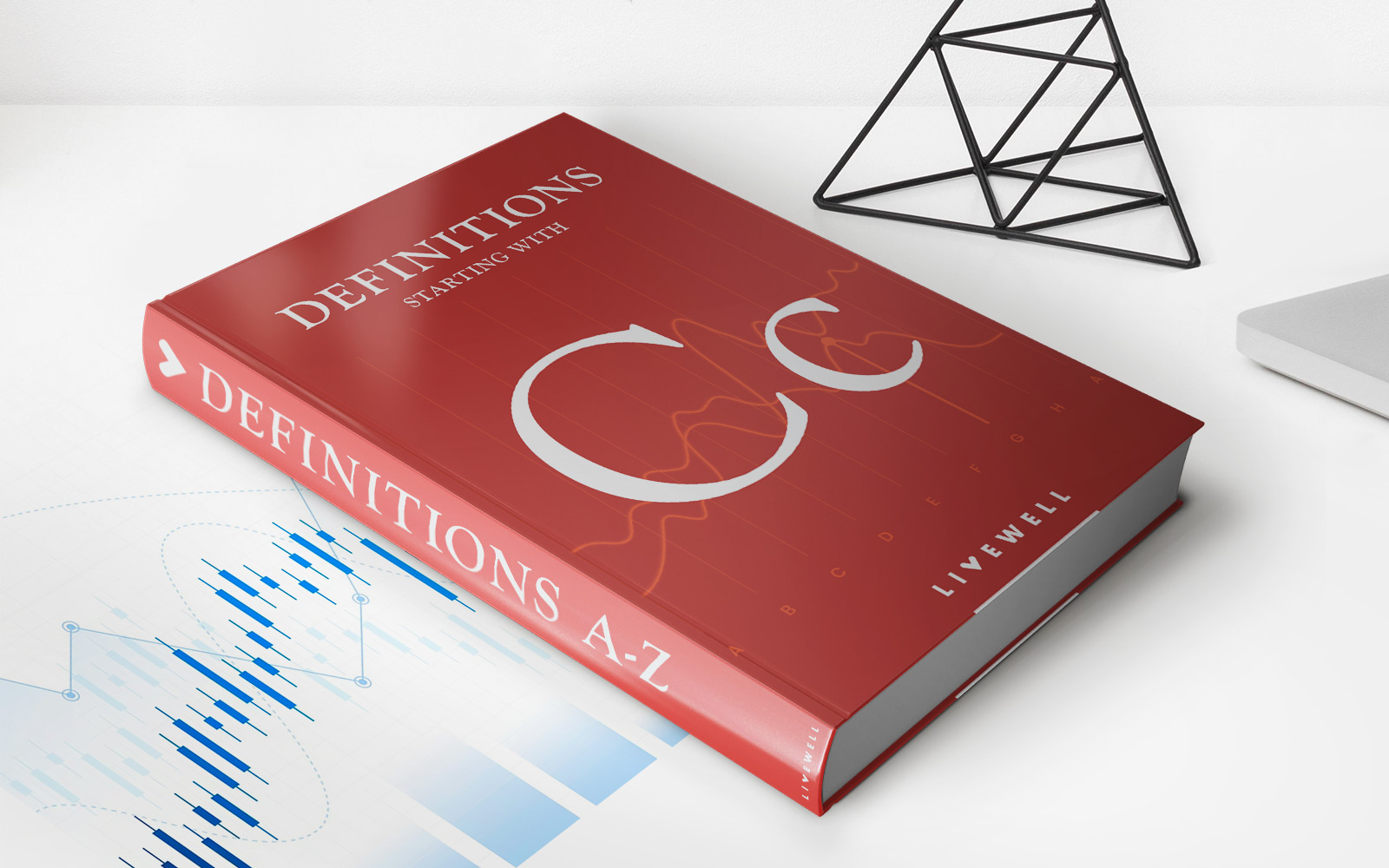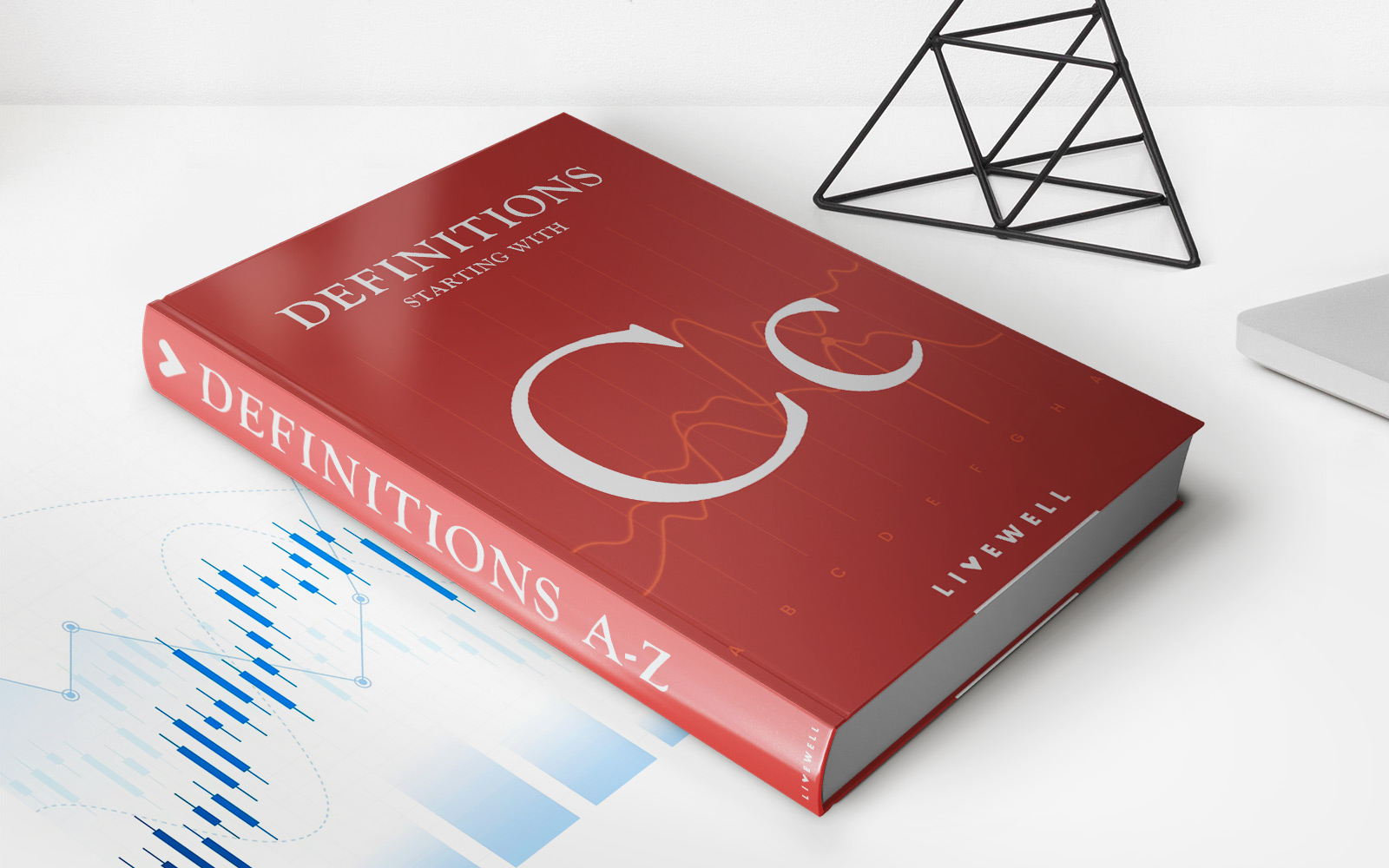

Finance
Continuous Compounding Definition And Formula
Published: November 2, 2023
Learn the definition and formula of continuous compounding in finance. Find out how this concept is used to calculate interest over time.
(Many of the links in this article redirect to a specific reviewed product. Your purchase of these products through affiliate links helps to generate commission for LiveWell, at no extra cost. Learn more)
Unlocking the Power of Continuous Compounding
Welcome to the Finance category of our blog! Today, we are delving into a fascinating concept known as continuous compounding. Whether you are a seasoned investor or just beginning to dip your toes into the world of finance, understanding continuous compounding can make a significant difference in your long-term financial goals.
Key Takeaways:
- Continuous compounding is a method of calculating interest where the interest is compounded infinitely
- The formula for continuous compounding is A = P * e^(rt), where A represents the final amount, P is the principal, e is Euler’s number, r represents the interest rate, and t is the time in years
So, what exactly is continuous compounding? In simple terms, it refers to the method of calculating interest by assuming that interest is being added to the principal an infinite number of times within a given time period. Unlike regular compound interest, which compounds annually, semi-annually, quarterly, or even monthly, continuous compounding takes the concept of compounding to a whole new level.
To put it into perspective, imagine you have $10,000 to invest in a savings account with an annual interest rate of 5%. Using continuous compounding, your money would grow exponentially as interest is being added continuously, rather than at regular intervals. This can lead to a significantly higher final amount compared to traditional compounding methods.
Now let’s dive into the formula for continuous compounding. It is represented as:
A = P * e^(rt)
Here’s a breakdown of what each element represents:
- A: The final amount, which includes the principal and accumulated interest
- P: The principal amount, or the initial investment
- e: Euler’s number, a mathematical constant approximately equal to 2.71828
- r: The interest rate as a decimal
- t: The time period in years
By plugging in the values of P, r, and t into the formula, you can calculate the final amount you’ll have after continuous compounding. Remember, this formula assumes compounded interest is being added infinitely within the time period.
Continuous compounding can be a powerful tool for investors due to the exponential growth it offers. By harnessing this concept, you can potentially earn higher returns on your investments, allowing your money to work more efficiently for you.
In conclusion, continuous compounding is a concept that unlocks the true potential of compounding interest. Understanding this method and utilizing the formula can help you make more informed financial decisions and potentially grow your wealth more effectively. So, next time you’re considering your investment options, remember the power of continuous compounding.
